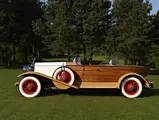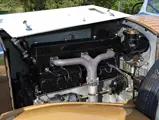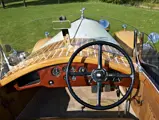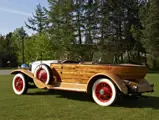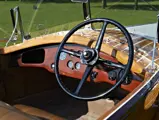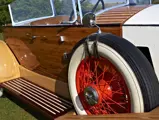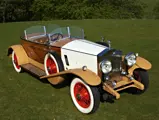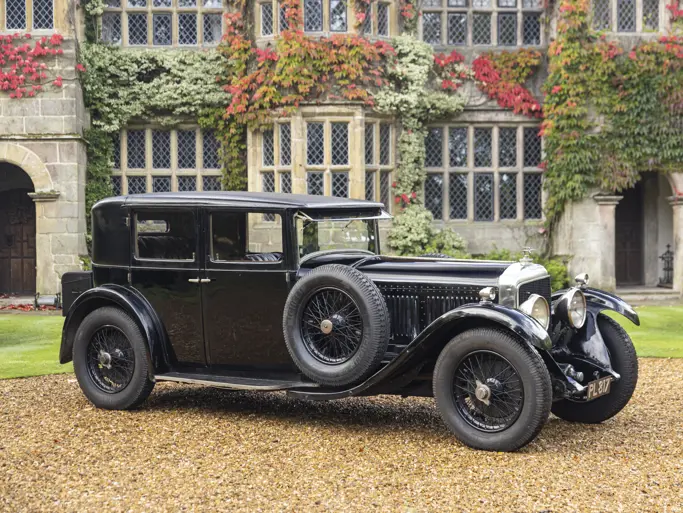40/50 hp, 7,668 cc OHV inline six-cylinder engine, dual ignition with coil and magneto, four-speed manual gearbox, solid front axle and underslung live rear axle with semi-elliptic leaf springs, and four-wheel servo-assisted brakes.
- Fascinating history, including long-term ownership in Kenya
- Phantom II Continental chassis
- Same ownership for 25 years
The New Phantom, as Rolls-Royce originally called the Phantom I, differed from its predecessor, the Silver Ghost, mainly in its engine design. An overhead-valve unit of a mammoth 7,668 cc, it incorporated a removable aluminium cylinder head. The Phantom II, introduced in 1929, marked Henry Royce’s last design and introduced an improved chassis.
Much lower than its predecessors, the Phantom II chassis featured semi-elliptic leaf springs all around, adjustable shock absorbers and an underslung rear axle. Central lubrication was fitted, and the engine was uprated with new combustion chambers and improved manifolds, while the gearbox now offered synchronised third and top gears.
The much rarer, pricier and sportier Continental variant, however, was first available toward the end of 1930 and featured flatter springs than the saloons and limousines, with twin Hartford dampers on the front. The engine was modified with higher compression and a high-lift camshaft, and in concert with a higher-ratio rear axle, the Continental provided high-speed, long-distance touring capabilities in keeping with its name. Most Continentals, as this one, used the shorter chassis with a 144-inch wheelbase. Capable of 95 mph, the Phantom II Continental was the ultimate grand tourer of the era, and while it would certainly turn heads from Monte Carlo to St. Moritz, it was aimed squarely at the owner/driver compared to the regular Phantom II, which was frequently chauffeur-driven.
Bodies for the Continentals were supplied mainly by Park Ward, Hooper and others, but the Thrupp & Maberly sports saloons were particularly graceful. Some Continental owners preferred to modify their cars with custom-built open bodies. This particular example, 100 MS, was delivered new with Thrupp & Maberly saloon coachwork on the 16th September 1932 to Mr. W.R. Rons in Great Britain. During the 1950s, 100 MS made its way to Kenya, and during the 1970s, its then-owner commissioned Mr. Roger F. Tanner to re-body it as a boattailed touring car. In 1977, 100 MS was sold to Mr. H. Baungaard of Denmark, who in turn sold it to the current owner in 1985.
Since then, 100 MS has been very well maintained within the private museum of the current owner, and it has been taken out and driven regularly. Recent inspection confirms that both the steel and wooden bodywork are in very good condition, as is the interior and brightwork. The car appears to be mechanically fit and starts on the button, with all cylinders firing properly.
Offered complete with a history file including all invoices from 1985, the old title dated 1977 from the Republic of Kenya and the current Danish registration document, 100 MS is a very unique Rolls-Royce, not only finished in striking colours but also with wooden boattail coachwork that is at once elegant and particularly appealing.

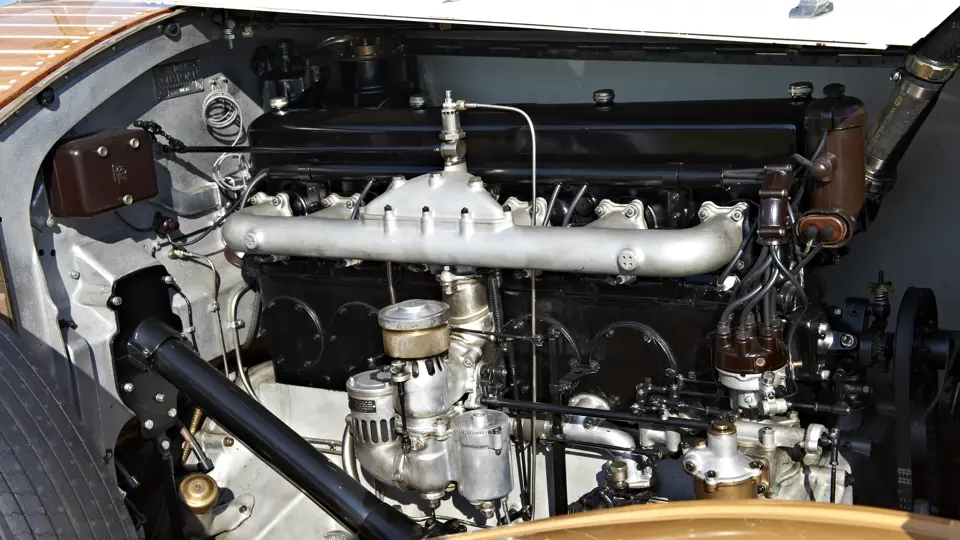
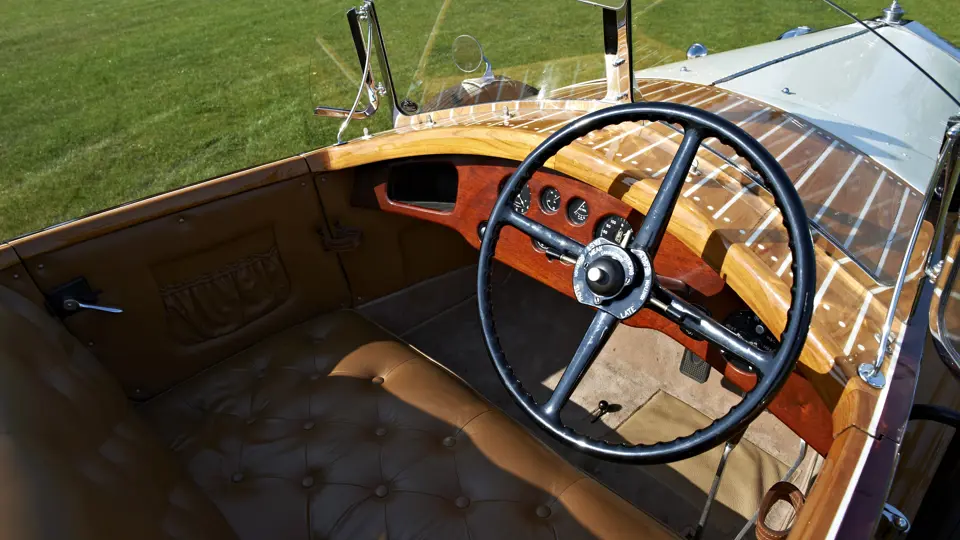

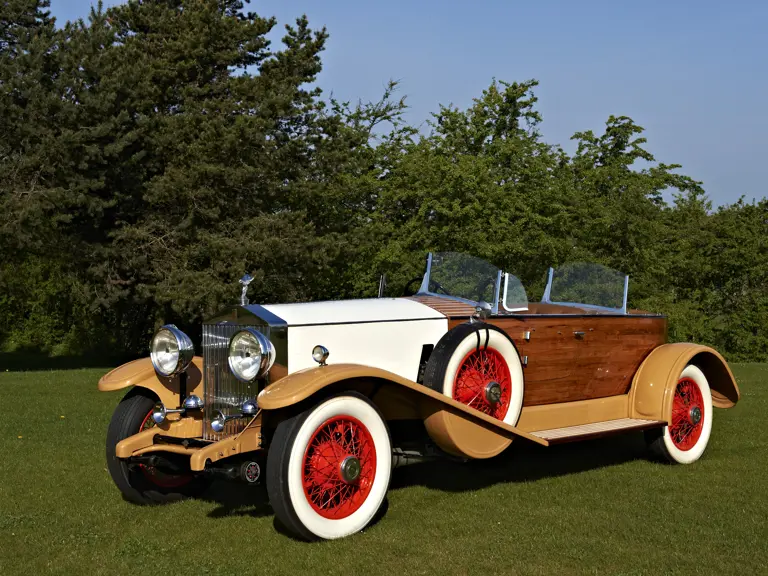

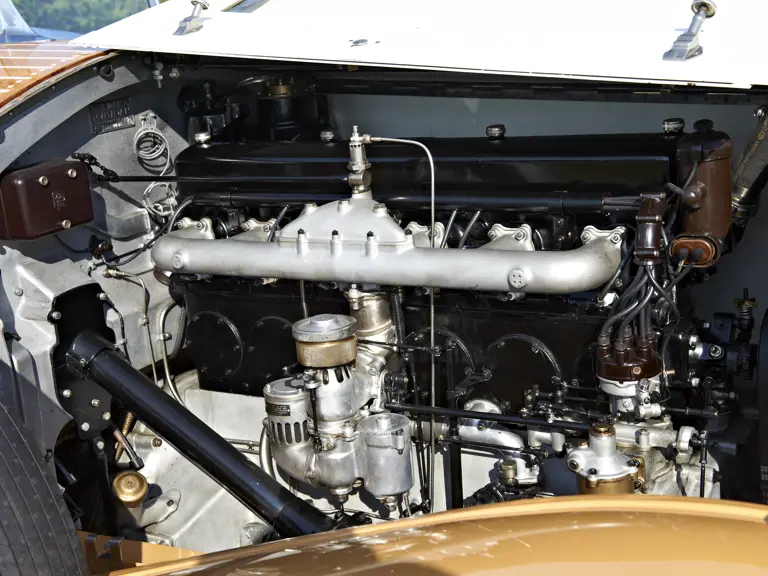


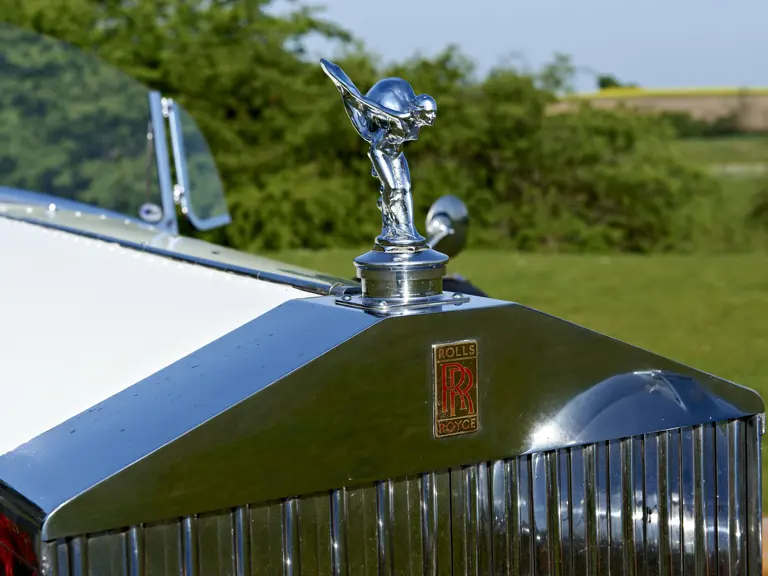
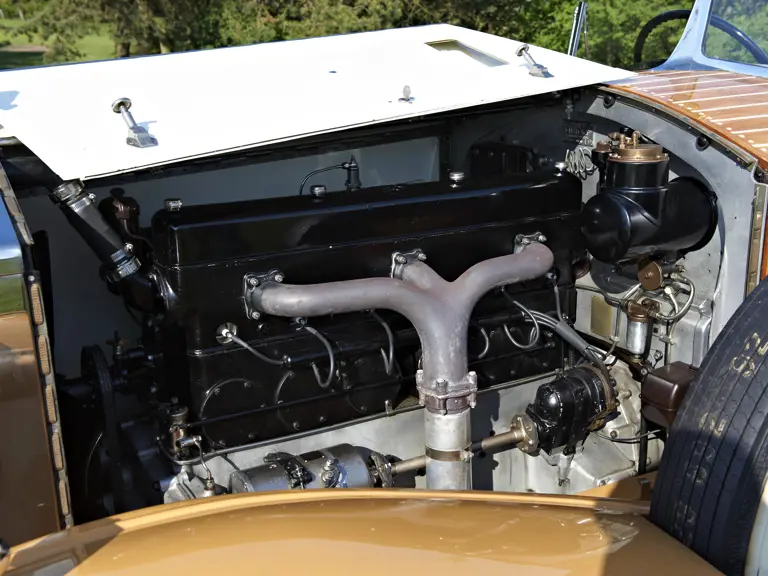
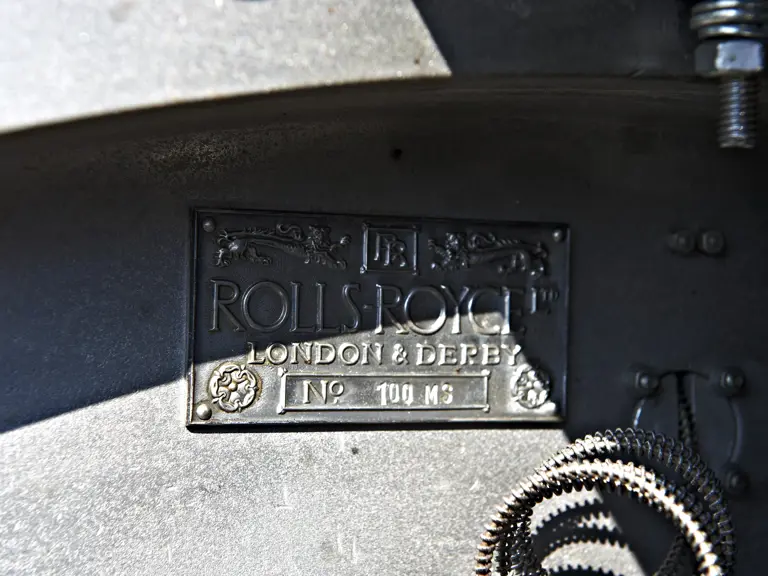






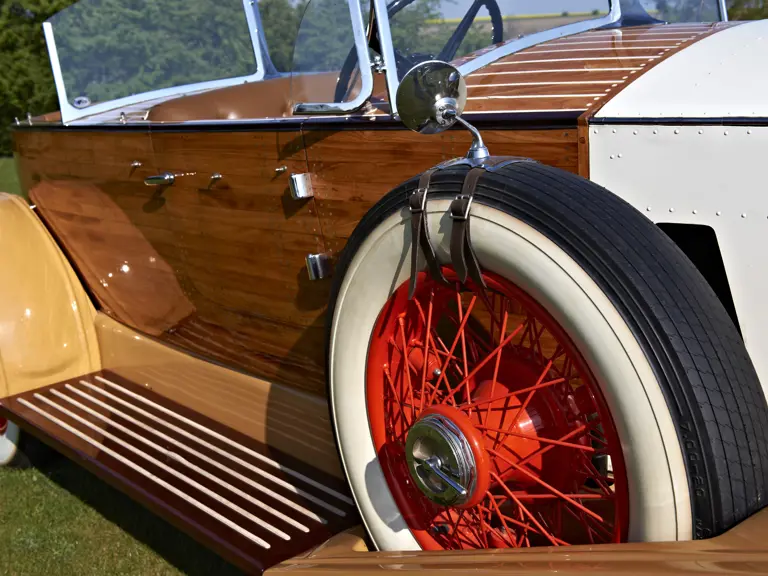
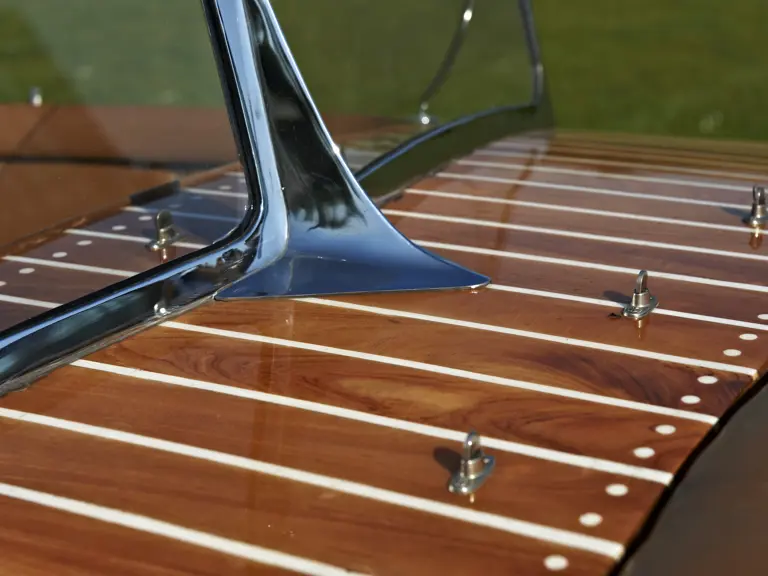
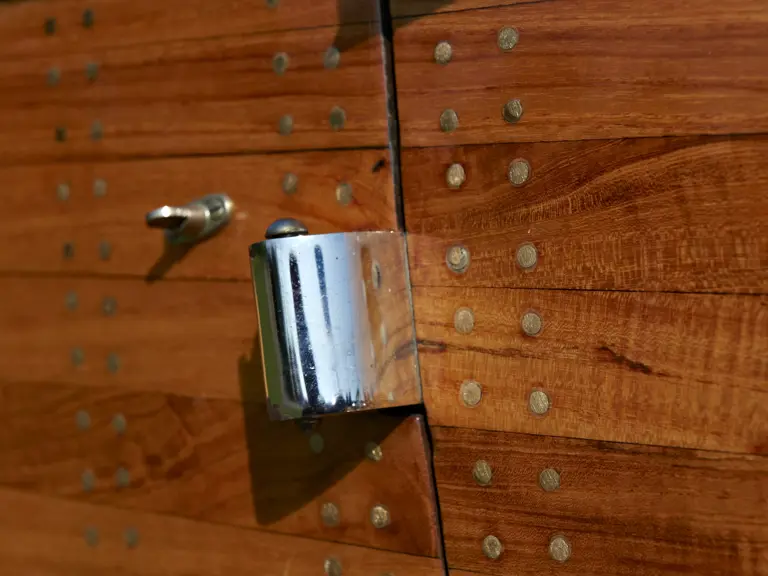


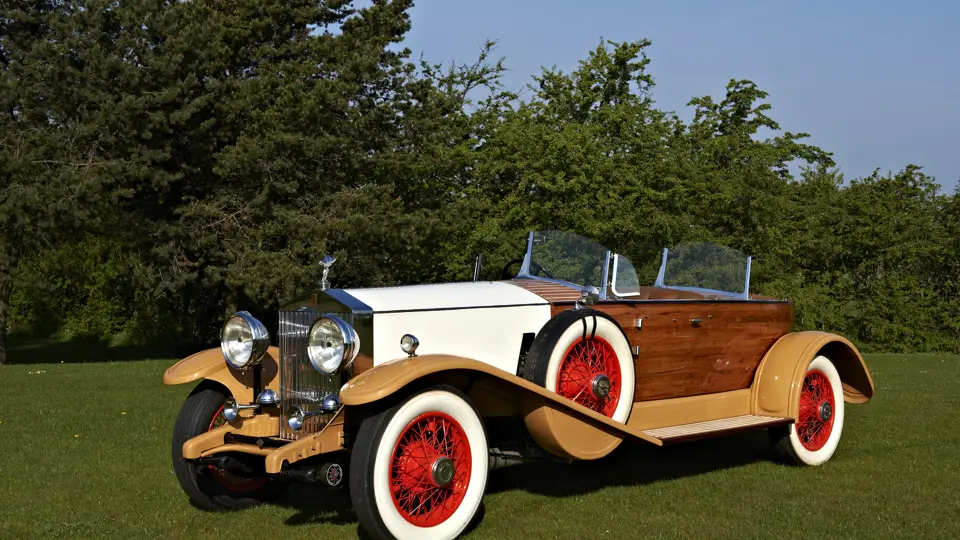
 | United Kingdom
| United Kingdom



